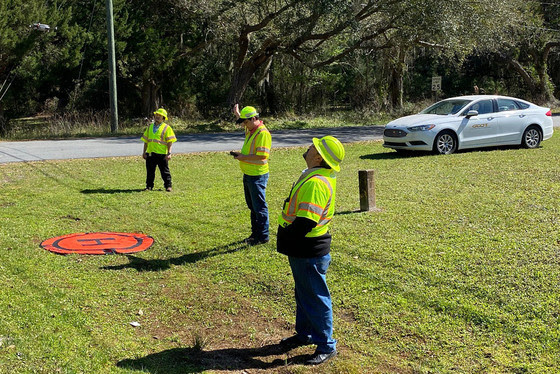Innovation of the Month: Unmanned Aerial Systems – LiDAR News

Innovation of the Month: Unmanned Aerial Systems
States across the country are ramping up their Unmanned Aerial Systems programs as new use-cases and additional demand arises.
The Georgia Department of Transportation’s (GDOT) program is organized in a decentralized manner, with certified pilots spread through its districts, working under diverse groups and units based on their primary work location and function, along with a small support group located at headquarters. GDOT currently has 27 Part 107 certified pilots across 7 Field Districts. These 27 pilots are on pace to fly 2,000 or more missions/operations this Fiscal Year. Of these pilots, the 16 most seasoned and experienced and will fly 75-80 percent of these missions. The department’s program objective seeks to average three flights per pilot of 15 minutes or longer. Being a certified UAS pilot is a secondary duty for those who participate in the program.

Candidates for GDOT’s UAS pilot program must read and acknowledge GDOT Policy and complete the UAS Visual Observer (VO) course before they can be considered for training for the Federal Aviation Administration (FAA) Part 107 exam.
The VO course is an important component of the overall program, as missions require both a pilot and a VO. The course teaches participants the purpose of the VO role and gives basic training to help protect the pilot and aircraft during a mission.
Once approved, candidates begin a self-paced training course to prepare for and take the FAA Part 107 exam. This course includes modules on rules and regulations; airspace and weather; UAS usage, maintenance, and emergency procedures; and more. GDOT administers the course as self-paced due to the volunteer nature of GDOT’s UAS pilot force and to minimize the impact to a typical workday during training. The training can take as little as 30 minutes per day, depending on an individual’s work needs. Certified pilots also receive a 3-hour onboarding training that demonstrates the pilot can manipulate the aircraft, understands process, understands how to set up controls, and more.
After initial training, pilots and district engineers communicate specific training requests to the UAS program manager. These supplemental trainings can include instruction on software, new or emerging use-cases, and for increased proficiency.
To learn more about GDOT’s UAS training program, contact Jeffrey Griffith, GDOT UAS Program Manager. To learn more about how to implement a UAS training program in your agency, contact James Gray, FHWA Office of Infrastructure, or John Haynes, FHWA Utah Division.
Note – If you liked this post click here to stay informed of all of the 3D laser scanning, geomatics, UAS, autonomous vehicle, Lidar News and more. If you have an informative 3D video that you would like us to promote, please forward to [email protected] and if you would like to join the Younger Geospatial Professional movement click here.
